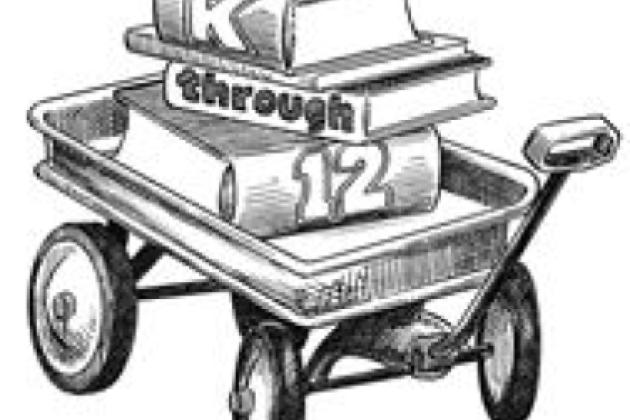Americans are famous for demanding instant

results. Real school reform, however, takes time. Massachusetts embarked on a reform strategy in 1993, and only now is the state seeing results.
In 1993, the state legislature agreed to add $1 billion annually to education funding, with the expectation that students would thus be prepared to pass new state examinations 10 years later. After developing new standards and tests, the state began testing students on a trial basis in 1998.
Tenth-grade students were required to pass state tests (known as MCAS, for the Massachusetts Comprehensive Assessment System) in mathematics and English to qualify for a high school diploma. Those who failed had four chances to retake the tests.
The early returns of state testing were terrible. Half the 10th graders failed the math test, and a third failed the English test. The failure rates were even higher for minority students. Critics began attacking the reforms, charging that they stifled teachers’ creativity and, worse, endangered minority youth, who might be denied a diploma. The Massachusetts Teachers Association launched a $600,000 advertising campaign against state testing, and the state’s local school boards urged lawmakers to repeal the requirement that students pass the exams to graduate.
|
"Massachusetts has begun to reap the rewards of standards-based reform. The state bet that students could meet high expectations—and the most recent test results are beginning to prove the state right." |
But state officials held firm. Their persistence was rewarded when the results of the 2001 tests were made public. Knowing that this was the first time that the tests counted for graduation, 10th graders took them seriously. Remarkably, the failure rate on the math test dropped from 45 percent in 2000 to 25 percent in 2001, and from 34 percent to 18 percent in English.
Minority students showed significant progress. The failure rate of African American 10th graders fell from 60 percent to 40 percent in English and from 77 percent to 52 percent in mathematics. Among Hispanic students, the failure rate dropped from 66 percent to 48 percent in English and from 79 percent to 58 percent in mathematics.
Many of those who failed received marks that were just below passing. With more effort and study, they will pass on their next try. The state has created remedial programs to help those who failed, and teachers know that they have a specific pool of youngsters who need extra help to master English and mathematics. With each retake of the tests, the number of students who fail will grow smaller.
The Massachusetts tests, it must be noted, are among the most challenging in the nation. The math tests are rigorous assessments of problem-solving skills, and the English tests have many essay questions based on excellent literature.
Massachusetts has begun to reap the rewards of standards-based reform. The state bet that students could meet high expectations, and it backed up its bet with serious new funding and excellent tests. State officials passed their own test, enduring a barrage of criticism and predictions of disaster.
The real winners in Massachusetts are the students. From now on, their diplomas will signify that they have mastered important knowledge and skills and that they are ready for college and the modern workplace.
















